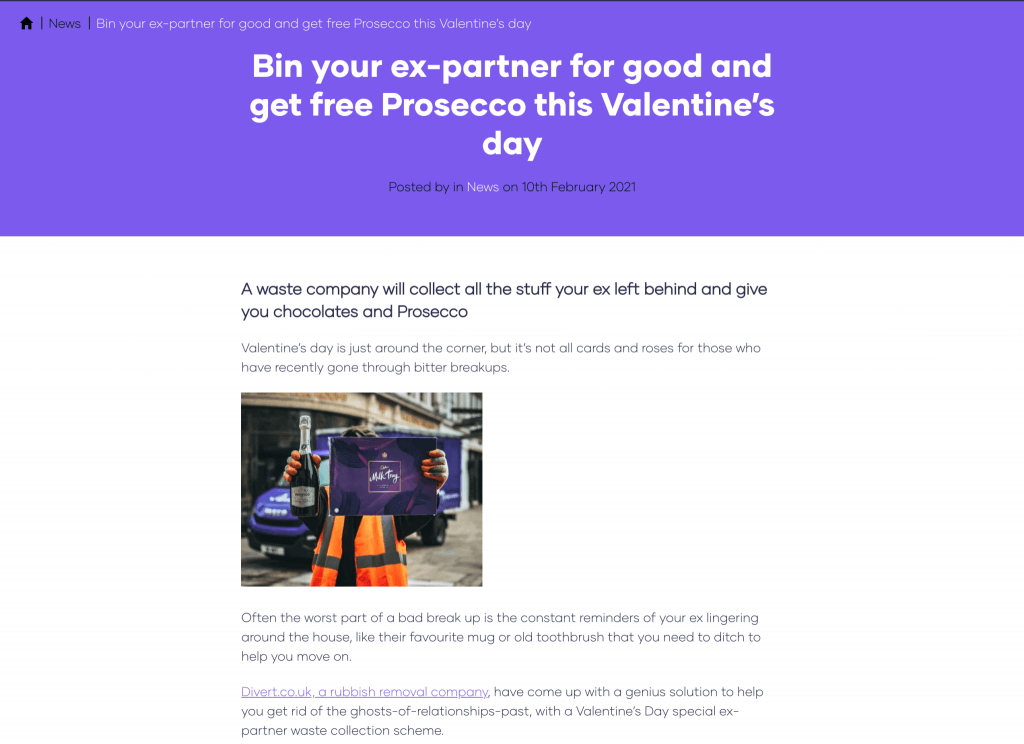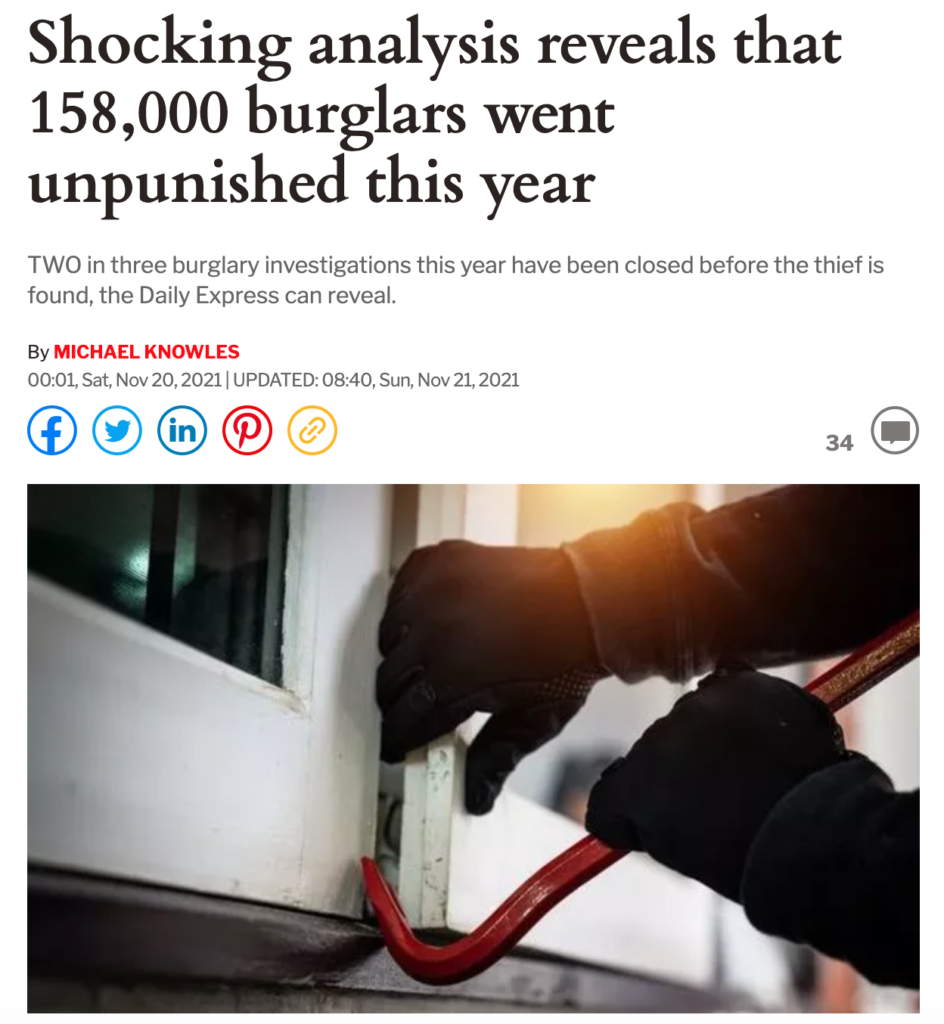The humble press release is one of the oldest and most effective weapons in the PR arsenal. It’s a clear, concise way to get news into the hands of journalists, and with it, you can form media relationships and change minds.
Somehow, though, irrelevant pitches and bad press releases are still among the most common peccadillos of modern PR practitioners.
In this article, I’m going to explain why they are a bad idea, and how you can turn those dreary press releases into something a little more newsworthy.
How to turn a press release into a news story
Boring press releases take many forms, from award show announcements to product launches. But as PR professionals, it’s our job to advise against them or breathe new life into those we can resuscitate.
Ryan Morrison at Daily Mail Online once said:
I don’t think I’ve ever run a story on a company winning an award, a new contract, or the promotion or appointment of a new executive.
…And it’s for this reason that we need to think carefully when pitching stories.
Journalists are constantly wading through an onslaught of boring press releases, so it’s important that we don’t add to their workload. Doing so won’t do our clients any good and can even get us blacklisted.
So, when you’re ready, here’s how to turn a press release into a news story in a few simple steps.
Simplify your headline
Press release headlines are very important. They are the first things your media contacts will see, and as such should convey the main cut and thrust of your story in an easy-to-understand way. To do this, journalists advise PR professionals to keep things simple by writing as if they are talking to a friend.
Take the following headline:
Astrobiologists have found evidence of extraterrestrial bacteria.
This title is too long, overly complex, and is written in the past perfect. Now, compare it to:
Scientists discover alien life!
…And it’s easy to see how using the active tense and writing as if you are talking to a friend completely transforms how you would break the news.
Trim the fat
Think back to the last time you scrolled through social media or read the news. You didn’t read each story with equal interest, your eyes bounced from one story to the next till you found something interesting.
The same goes for journalists. They don’t have time to read each press release critically. They need to be interested straight away and glean key points early on so they can work out if a story is right for their audience.
Keeping a press release succinct is a great way to maximize its impact. Putting the most important points at the top will give interested journalists a quick way to find everything they need while removing anything that isn’t strictly necessary, which will make your story angle clearer.
Don’t forget that journalists read dozens of press releases every day, so simplifying yours will make it easier to parse and earn you valuable brownie points in the process.

Be smart with your data
Data can help you identify a story and demonstrate authority, but it does have its downsides. All too often, PR practitioners go overboard with data because they think incorporating everything in their press release will somehow improve their chances of catching someone’s eye.
The truth is: journalists don’t want to scroll through thousands of data points to find a story; they want you to do it for them. And you’re much more likely to secure coverage if your press contact feels your story pertains specifically to them.
A good example of this is a UK burglary piece I did last year. Before contacting the press, I segmented my data into different regions, so I could reach out to targets separately. This allowed me to scale my outreach and build coverage over time. The result: over six weeks I secured coverage in both local and national press, with traction in Northern England, London, and more.

Include valuable assets
Online newspapers and magazines aren’t just spaces for long articles. Today’s press is a lot more dynamic and makes use of a wide variety of media to engage users.
If your press release looks a little humdrum, think about spicing it up with videos, photos, or infographics. Journalists love to see that your press release is multidimensional. If you’re resource-poor, you can bring your press release to life using expert commentary or free online resources such as Google Data Studio to create exciting assets.
Personalize!
Personalizing a press release may not sound like a strategy for making it newsworthy, but you’ll be surprised how far a little personal connection can take you.
Press releases are a dime a dozen in the world of news, so writing one that genuinely connects with the recipient – perhaps by mentioning a recent article they published – can make a big difference to their perception of you. What’s more, if you grab their attention and get them to see you as a serious prospect, they may spot an angle you missed and come back to you with a related topic.
A good way to make sure your press release has that personal touch – particularly ones you send en masse – is to make sure your formatting doesn’t reveal they’re a copy-and-paste job. This means double-checking the bits you personalize. Use the format painter tool on Outlook and Word to make sure your copy is all the same font, color, and size.
Personalization allows you to build the reader's interest and goes beyond a simple summary of the news. Not to leave you with theory alone, we've covered a great example of tailoring content to the readers in the Book Press Release article.
Now that you know what makes a great press release…
Think about it. When you send someone an unsolicited email pitch with a boring press release, they will do one of two things: they will either read the subject line and want to learn more, or decide it’s not for them and dispatch it to the gloomy depths of their delete folder.
The process takes seconds – microseconds if you’re a harassed editor – so press releases need to make the most of this short window of opportunity.
To turn your press release into a news story, make sure they are personalized, concise, and engage journalists straight away. You can then seal the deal with rich content and data that supports your topline. It’s exactly what makes a great press release.
Cover image by Clark Tibbs

